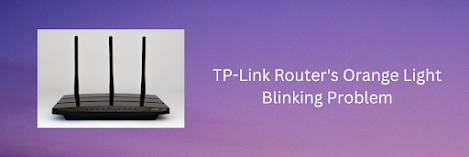From 802.11 to Wi-Fi: A History of New Technologies - Geek Squad Assists
The past of WiFi shows that people have always wanted to connect. The way we connect and talk to each other has changed because of WiFi. It began as easy as 802.11b and is now built on high-tech rules. This article talks about the most important events in WiFi' s past and how router support services have come in handy at those times.
Due to 802.11b, we can now connect wirelessly:
Many people used 802.11b, the first WiFi standard, which came out in 1999.
Businesses and homes could connect to the internet remotely,
but it was slow and only worked in a small area. It went as fast as 11 Mbps.
A lot of people who were having trouble setting up and configuring their 802.11b routers got help from router support services.
802.11a/g: Opening Up New Worlds:
The 5 GHz band wasn't as busy, so 802.11a could talk on it.
802.11g, on the other hand, worked with 802.11b devices and was faster.
Service providers that help people update their routers and
improve their network settings have changed because of these new rules.
802.11n: Now is the time for fast Wi-Fi:
It was a big step forward in 2009 when 802.11n came out. It
could work with more than one band and had MIMO (Multiple Input Multiple
Output) technology.
When it came to speeds and ranges, 802.11n routers were the
fastest ever seen. As they grew, they were able to meet the needs of live TV
and online games.
They know how hard 802.11n networks are because they fix
routers and can set up complicated features like beamforming and channel
sharing.
802.11ac: Wi-Fi that can handle gigabit speeds is here:
802.11ac, which came out in 2013, was the first Gigabit WiFi
standard. Through MIMO, it could handle more people and bigger bands.
Fast 802.11ac routers could connect apps that need a lot of
bandwidth. These routers could give data rates of more than 1 Gbps.
They helped a lot with setting up 802.11ac routers and
making sure they worked well by making sure they were set up and put in the
right place.
Wi-Fi 6 (802.11ax) is leading the way for the next generation:
OfDMA and MU-MIMO are two features of Wi-Fi 6 routers that
make it possible for more devices to join quickly and often.
People are most likely to switch to Wi-Fi 6 when they can
get help with their routers. They help people choose the best routers, set them
up, and get the most out of this new standard.
People talk and connect in a lot of different ways over the
years. It started with 802.11b and is now at its best with Wi-Fi 6. Getting
help with routers has been very helpful on this trip. They made sure that users
can get the most out of every new standard and that their networks always join
and work well. If we keep learning about what our routers can do, they will be
able to help us get through the ever-changing world of WiFi.

Comments
Post a Comment